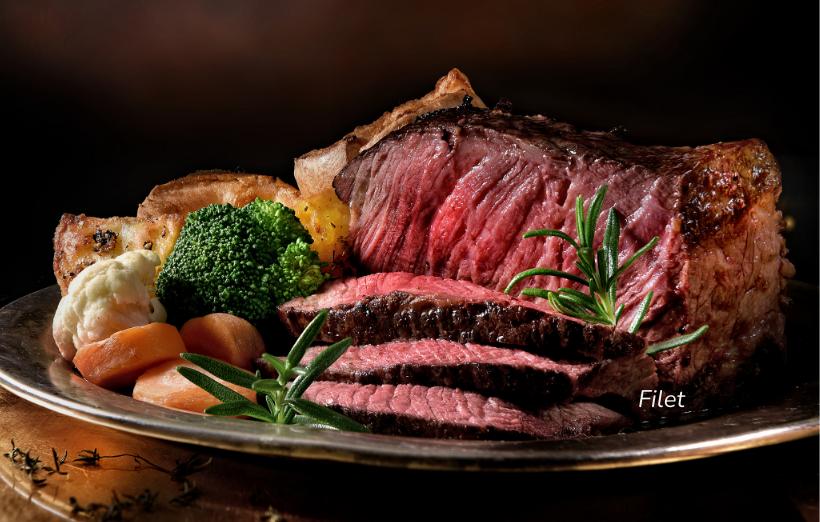
Did you know that most farms don't provide a living wage for their farmers? The surprising truth about farm economics
The reality is shocking: At the median, household income from farming was -$1,198 in 2020 according to USDA data.
That's right - negative income. And this is actually better than the -$10,000 range it had been in recent years.
This info is not shared to make you feel bad about farms losing money but, rather, to set the stage for what YOU can do to make a difference and why you should care.
The stakes are high because land use, conservation decisions, farming practices, and even if someone stays in or goes into farming should be based on whether a farm can make a profit and produce a living wage - we should not expect our farmers to subsidize our food with off-farm income.
Our environment and the future of local food depend on our food choices now - we are at red alert in a 911 situation right now with local food.
The reality is that farms have to be financially sustainable to be sustainable & most are not!
The Pennsylvania Association for Sustainable Agriculture (PASA) released the results of their study on direct-selling veggie farms:
"We found that the majority of direct-market vegetable farms were not earning a middle-class income. Participating farms had a median net income of $18,500, which approximates the 2020 poverty rate in Pennsylvania for a two-person household."
Frankly, their results were no surprise to me.
As an accounting consultant who has worked directly with PASA on their financial benchmark studies, I have firsthand insight into the financial realities small farms face.
The income findings by the USDA for all small farms have consistently been even more dismal and the majority of farm household income comes from "off-farm jobs" or a second income, not the farm (aka they are subsidizing the food they produce and donating their time to bring food to you).
"At the median, household income from farming was -$1,198 in 2020. Given the broad USDA definition of a farm, many small farms are not profitable even in the best farm income years."
Just a note that I suspect the -$1198 for 2020 was better due to so many people buying local in 2020 that abandoned local food when grocery store shelves were full again.
You see, I learned over the past 15 years of being in the thick of things is that there are a bunch of factors that go into this and it has little to do with what "factory farms" are doing "to us" and a whole lot of what we are doing to ourselves and the future of local food.
Just to be clear, I am right there in this with you ... I BUY my food from my farm and, mostly, have supported our farm and ourselves with money we had to invest from the sale of our prior business and outside income.
It is not sustainable for me nor is it sustainable for most of my fellow farmers.
Knowing that I have consistent income helps me plan in a business where anything that grants stability is a blessing. That's exactly why I created the monthly beef subscription - it provides predictable revenue for the farm while making local beef easy for you.
One important insight from the PASA report is that "reselling other farms products" is one of the most profitable added enterprises... yet how many farmers' markets are "producer-only"? Many market-goers don't realize that collaborative selling helps farms survive financially (it's why I used to bring cheese to market).
Supporting farms that collaborate and sell each other's products is one way you can help create a more sustainable local food system.
Another way is through subscription models (CSA) that provide farms with predictable income like my monthly beef subscription.
~Shel
The Farm-her 🙋♀️ at Old Time Farm

